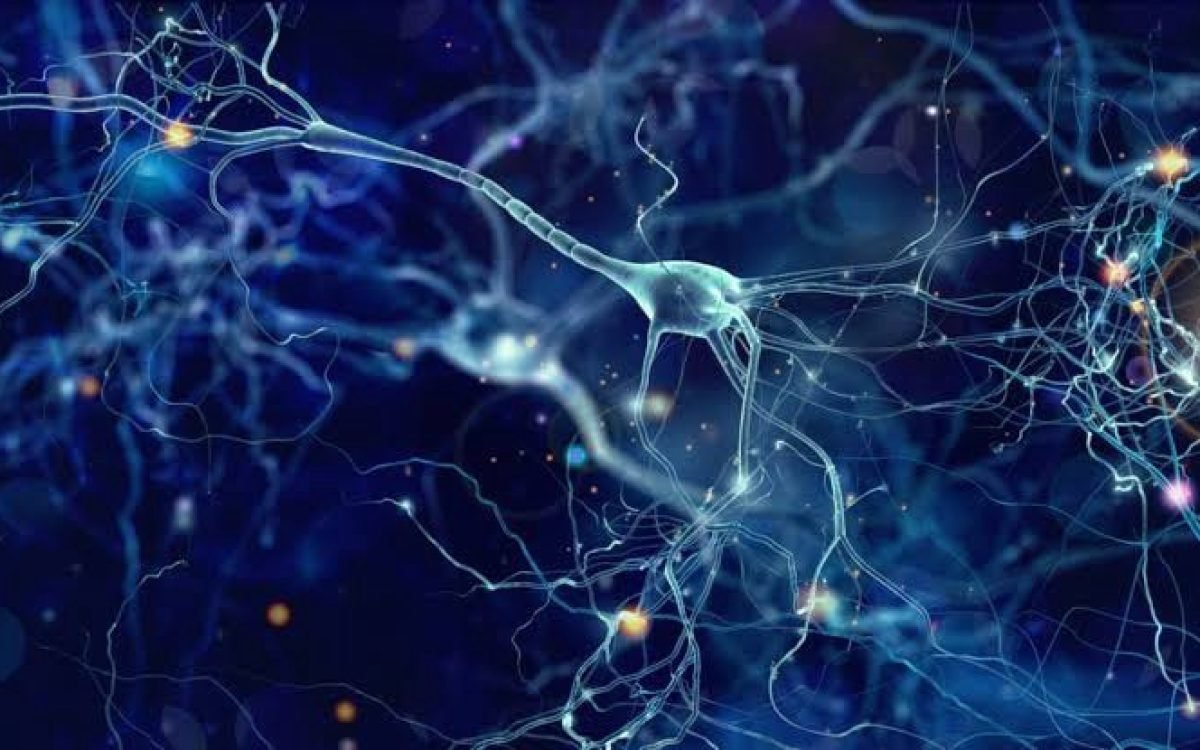In the relentless pursuit of combating neurodegenerative diseases like Alzheimer’s, Parkinson’s, and ALS, researchers from Northwestern University and the University of Wisconsin-Madison have unveiled a pioneering approach that holds tremendous promise for therapeutic intervention. Their groundbreaking study, published in the journal Advanced Materials, introduces a novel strategy aimed at enhancing the body’s antioxidant response to mitigate the oxidative stress implicated in these debilitating conditions.
Understanding the Common Thread:
Neurodegenerative diseases, characterized by the progressive degeneration of neurons, share a common culprit: oxidative stress. The accumulation of reactive oxygen species wreaks havoc on cellular structures, contributing to the pathogenesis of Alzheimer’s, Parkinson’s, ALS, and other related disorders.
Unveiling the Novel Approach:
Led by Nathan Gianneschi of Northwestern University and Jeffrey A. Johnson and Delinda A. Johnson of the University of Wisconsin-Madison School of Pharmacy, the research team targets the Keap1/Nrf2 protein-protein interaction (PPI) as a pivotal pathway in the body’s antioxidant response. By disrupting this interaction, they aim to bolster cellular defenses against oxidative damage and mitigate disease progression.
Innovative Therapeutic Strategy:
Traditional therapeutic approaches have been hampered by limitations in specificity, stability, and cellular uptake. However, the team introduces a game-changing solution: protein-like polymers (PLPs). These high-density brush macromolecular architectures, synthesized through ring-opening metathesis polymerization (ROMP), offer enhanced stability, cellular penetration, and resistance to proteolysis.
The Power of PLPs:
PLPs represent a leap forward in precision medicine, providing a targeted approach to inhibit the Keap1/Nrf2 interaction. By preventing Nrf2 degradation, PLPs facilitate its accumulation in the nucleus, activating the Antioxidant Response Element (ARE) and driving the expression of detoxifying and antioxidant genes. This orchestrated response enhances cellular protection against oxidative stress, offering a potent therapeutic strategy for neurodegenerative diseases.
A Glimpse into the Future:
The innovation behind PLPs opens new vistas in disease modification therapy, offering hope for improved treatments and outcomes for individuals grappling with neurodegenerative conditions. As researchers continue to unravel the complexities of cellular interactions, the development of targeted therapies holds the promise of a brighter future for patients and caregivers alike.
Conclusion:
In the quest to confront the scourge of neurodegenerative diseases, the collaborative efforts of researchers have illuminated a path forward. Through ingenuity, perseverance, and scientific rigor, they have unlocked a novel approach to cellular protection, offering renewed hope and optimism in the battle against these devastating disorders. As we stand on the cusp of transformative breakthroughs, let us embrace the promise of innovative therapies and chart a course towards a future where neurodegenerative diseases no longer cast a shadow over human well-being.









